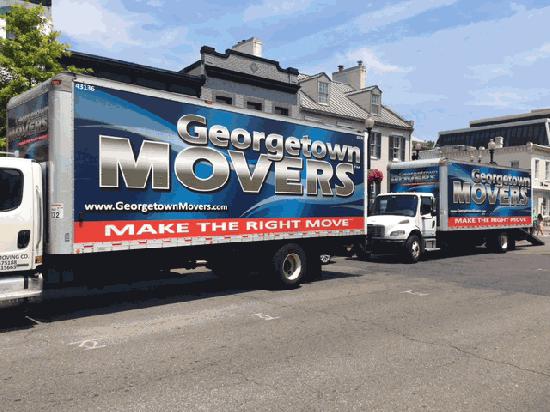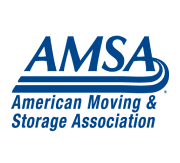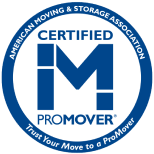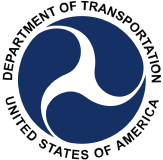How to Prepare for a Stress-Free Local Move in Washington, DC

Moving—even across the street—can stir up all kinds of stress. Boxes pile up, time slips by, and things always seem more scattered than expected. But if you’re staying within Washington, DC, there are a few simple things you can do to make the whole process easier. This blog shares realistic steps to help prepare for your next local move without feeling overwhelmed. It’s not about perfection—it’s about staying calm and being prepared.
Understanding the Real Challenges of Local Moves
Local moves seem easier than cross-country ones. But they come with their own set of issues:
|
Challenge |
Why It Matters |
|
Tight city streets |
Hard to park moving trucks |
|
Apartment restrictions |
Elevators or loading dock limits |
|
Timing overlaps |
New lease starts after current ends |
|
Weather & traffic in DC |
Can slow down the entire process |
1. Begin With the Basics
A good move starts well before moving day. Try to give yourself at least four weeks to plan everything out.
Pointers to Get Started:
- Create a moving file: Whether digital or on paper, it helps to keep documents and notes in one place.
- List your must-do tasks: Change of address, packing schedule, supplies needed.
- Check your calendar: Avoid dates with major DC events, street closures, or work conflicts.
2. Decide What Stays and What Goes
Before any box gets packed, go through your belongings. A local move is a good excuse to sort things out.
What to Do:
- Make three piles: Keep, donate, and toss.
- Be honest: If it hasn’t been used in a year, it probably won’t be missed.
- Start with storage: Closets, attics, and drawers tend to hide unused stuff.
3. Pack the Right Way (Not the Fast Way)
Fast packing might sound efficient—but it usually leads to mess later.
Tips for Smart Packing:
- Label everything: Use both room and content names.
- Don’t overload boxes: Use small boxes for books and heavy items.
- Keep essentials separate: Make a box of daily-use items you’ll need immediately.
4. Prepare for Moving Day Logistics
DC can be tricky on move day. From building access rules to street parking, it’s good to know what to expect.
Checklist to Prepare:
- Reserve building elevators in advance.
- Ask your building about loading zones.
- Prepare for traffic delays, especially downtown.
- Have tools handy for disassembling furniture.
5. Consider Help From a Local Expert
Even for a local move, it helps to work with a team familiar with the city. A trusted DC moving company understands how to navigate the area’s unique conditions.
Why Local Knowledge Helps:
- Knows neighborhood traffic: Less chance of delays.
- Understands apartment rules: Easier to plan around elevator time slots or restricted loading docks.
- Can bring the right gear: From narrow stairwells to awkward street parking, local pros know what to expect.
6. Stay Ahead of Address Changes and Paperwork
It’s easy to forget address-related tasks until after the move—but they matter.
Paperwork Checklist:
- Change your address: USPS, banks, subscriptions, health insurance.
- Talk to utility providers: Schedule disconnections and reconnections.
- Notify your employer: Especially if paychecks or benefits are mailed.
7. Keep a Moving Day Bag Ready
There’s nothing worse than reaching your new place and realizing your toothbrush is buried somewhere. A simple bag of must-haves can keep you sane.
What to Pack:
- Toiletries
- Medications
- Phone chargers
- Snacks and water
- A fresh change of clothes
8. Expect the Unexpected
Even with good prep, things can shift. Be ready to adapt without getting overwhelmed.
Build Flexibility Into Your Plan:
- Have a buffer day: Don’t schedule anything the day after the move.
- Backup contacts: Just in case someone cancels last minute.
- Cash on hand: For tips, emergencies, or small purchases.
Final Thought
Local moves may not seem like a big deal at first—but without some planning, they can quickly turn stressful. Whether you’re moving from one neighborhood to another or switching apartments in the same building, taking time to prepare pays off. A little strategy, some smart packing, and realistic expectations will go a long way.
So don’t try to rush it all in one weekend. Make a plan, pace yourself, and don’t hesitate to lean on support when it’s needed. A stress-free moving experience in DC isn’t about perfection—it’s about being ready enough to enjoy the new place once you’re in.
Frequently Asked Questions
How early should I plan a local move in Washington, DC?
It’s best to begin planning 4–6 weeks ahead. This gives you enough time to handle packing, address changes, and scheduling logistics.
Do I need a moving permit in DC?
Yes, some neighborhoods require it. Check with your building or a trusted DC moving company for help securing one.
What’s the average cost for a local move in DC?
Costs vary based on how much you’re moving. High-rise buildings or restricted access may increase the price.
How do I manage moving into an apartment building?
Book elevators early, check with your building about rules, and let your movers know about stairs or access points.
Can I move during bad weather?
Yes, but it takes extra planning. Protect your belongings with plastic covers and have towels or mats at both entrances.









